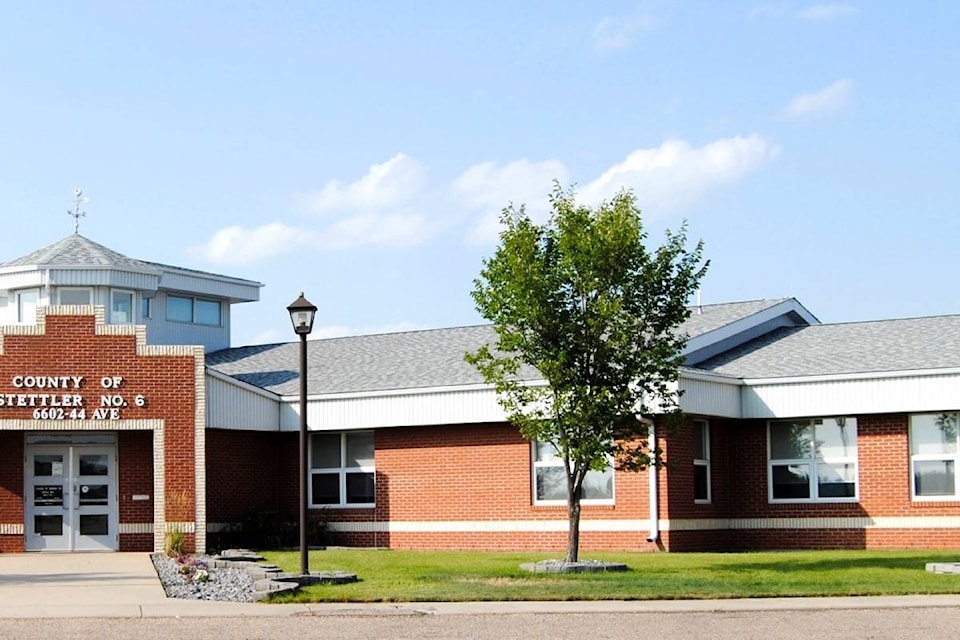By Kevin J. Sabo
For the Independent
After a projected rocky 2020, the County of Stettler has a $2.3 million surplus.
County council heard of this surplus during a conversation on the revised 2021 budget during their May 12th meeting.
“It’s a welcome result following a year of stress and uncertainty,” said County of Stettler Chief Administrative Officer Yvette Cassidy.
“It demonstrates prudent planning and good decision-making by this council and administration. We certainly don’t want to see this giant surplus every year, because it will mean we are bringing in more than we need to operate. I believe budget 2020/2021 is more realistic.”
There are several reasons for the high surplus in 2020.
With the Province reviewing changes to how oil and gas properties were assessed, the new proposed model painted a dire picture for County of Stettler finances, with administration planning accordingly.
“It would have been devastating to the County,” said Cassidy, during the meeting.
“Losses would have been out of this world. We made in 2020 the unprecedented move to lobby extensively against these changes. We were heard.”
Following the pressure from the County of Stettler, and other rural municipalities, the province suspended the review while additional changes are made.
Also impacting budgets for 2020 was the onset of the pandemic, which forced some changes on the County including the postponement of some projects, reducing some services, not hiring summer students, and freezing salaries for staff.
Cassidy said during the meeting that the surplus would help the County of Stettler, “Weather the storms in coming years.” The $2.3 million has been transferred to surplus accounts to help offset the expected reduction in Municipal Sustainability Initiative funding over the next two years.
The 2021 budget has a zero per cent increase for residential, non-residential, and machinery and equipment, and a two per cent increase for farmlands, generating an additional $32,500 which will be re-invested back into agriculture.
Not all of council was onboard with the proposed increase to the farmland tax rate.
“I feel the optics of this, it is not needed,” said Coun. Cheri Nietz.
“We can get away without the two per cent.”
The revised budget was passed in a motion by Coun. Wayne Nixon. The associated tax bylaw was also passed, with Nietz in opposition.
With the bylaw passed and the tax rate set, tax notices will be sent out in June with payment due by Friday, Oct. 29th, 2021.
